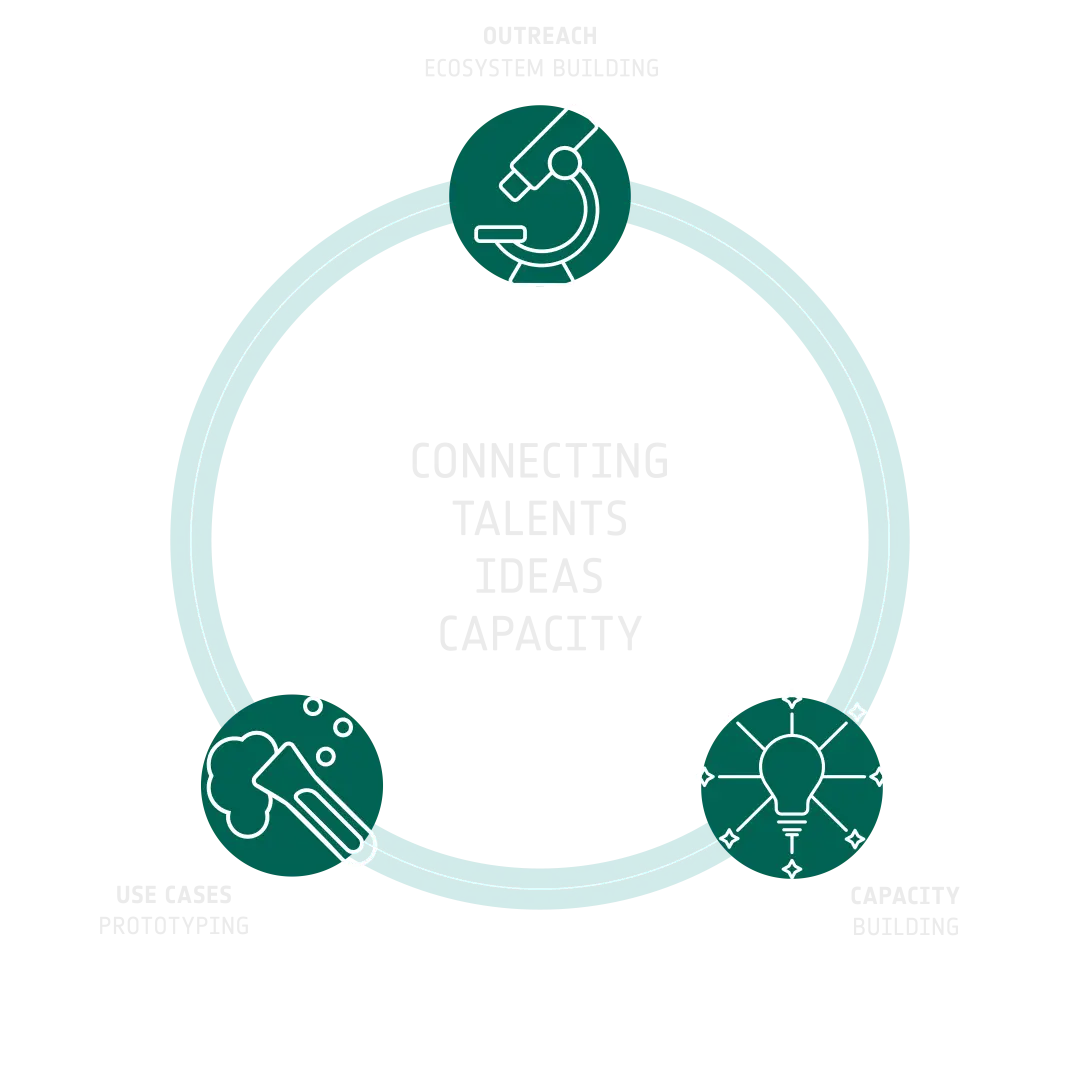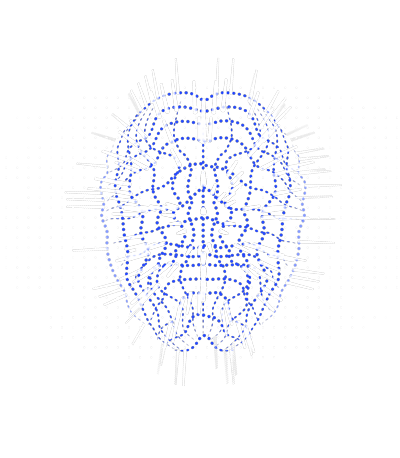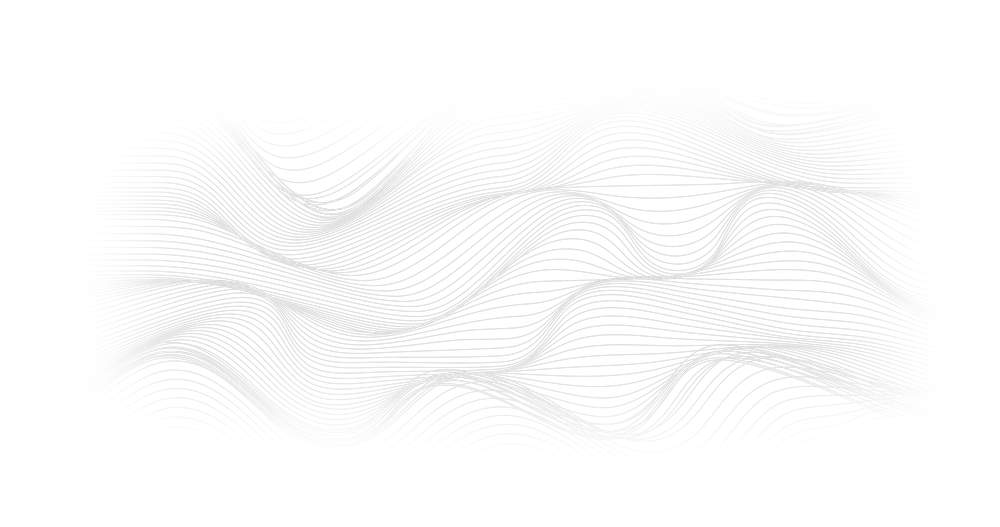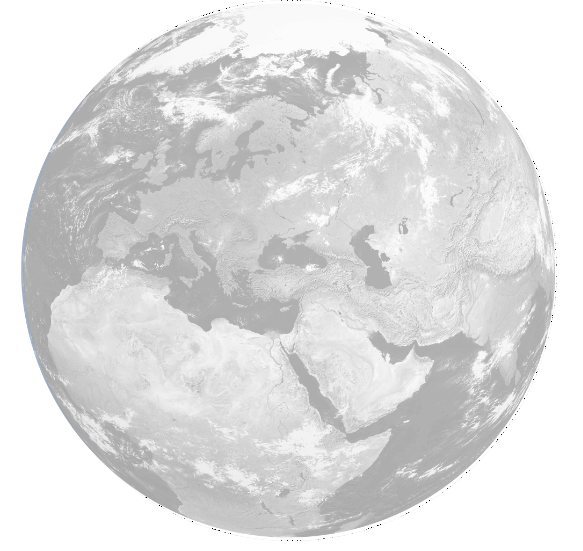Our goal is to enable a connected network of talent that unites expertise and ideas from researchers, industry executives, ICT players, innovators and start-ups to foster learning and to exploit EO products with new technologies for human prosperity on planet Earth


Supported by a core team of staff overseeing its innovation strategy, Φ-lab operates as an open space, collaborative platform. We operate as a kind of “think tank” for exploring transformative innovation and as an ESA hub and catalyst within the network of EO academic and industrial researchers across Europe and globally.
As an open innovation lab, we host a diverse team of researchers, i.e. comprising ESA research fellows, Young Graduate Trainees, Visiting Researchers and Professors from both academia and industry, all collaborating to investigate new ideas together.
The ESA Φ-lab Explore Office explores innovative technologies to revolutionise and accelerate the future of EO.
Activities are organised within three technological axes to use untapped potential for EO technologies and applied to all elements of the Earth observation sector:
AXIS I
Artificial Intelligence and Machine Learning

AXIS II
Quantum and Edge Computing

AXIS III
The Internet of Things, Web 3, Blockchain and Cognitive Cloud Computing in Space

Φ-lab, in developing its own competences, is mainly active within three technology axes, and applies them to all elements of the Earth observation sector.
Artificial Intelligence and Machine Learning currently form the core of our research activities and a significant part of the InCubed programme, testifying to the fact that Artificial Intelligence is also a transformative technology in space.
We develop algorithms, contribute to the growth of the AI4EO community, and host Visiting Researchers from industry to generate their next disruptive product or service with us.



Share